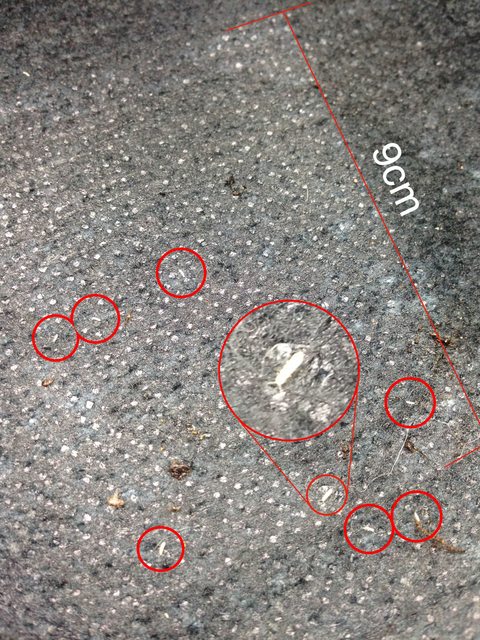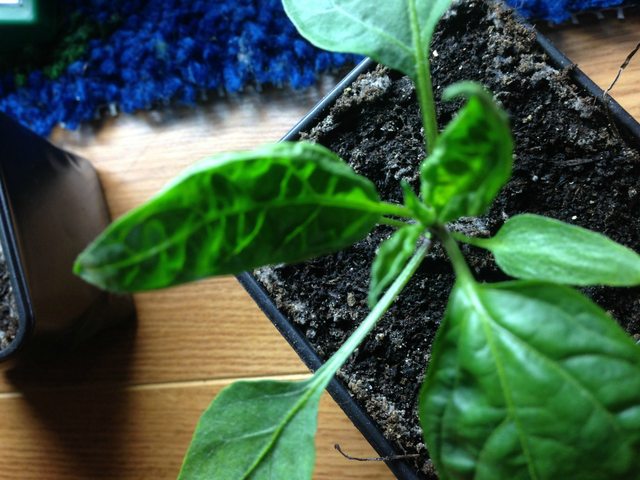Hi All,
Can someone tell me if these little pests are Fungus Gnats Larvae? The picture is where I have lifted a 9cm seedling pot off the top of the capillary matting? which I have lifted out of the water revisor as I also believe it is get to saturated with water and on some of the seedlings the leaves are going yellow, but I also have some of the new leaves staying crinkled see picture below which I believe is lack of feed. how do I get rid of these fungus gnats larvae. I believe I have to let them dry out?will this kill them? will these kill my seedlings? but it looks like I also need to feed them thow? so how can I let them dry out?


Can someone tell me if these little pests are Fungus Gnats Larvae? The picture is where I have lifted a 9cm seedling pot off the top of the capillary matting? which I have lifted out of the water revisor as I also believe it is get to saturated with water and on some of the seedlings the leaves are going yellow, but I also have some of the new leaves staying crinkled see picture below which I believe is lack of feed. how do I get rid of these fungus gnats larvae. I believe I have to let them dry out?will this kill them? will these kill my seedlings? but it looks like I also need to feed them thow? so how can I let them dry out?


